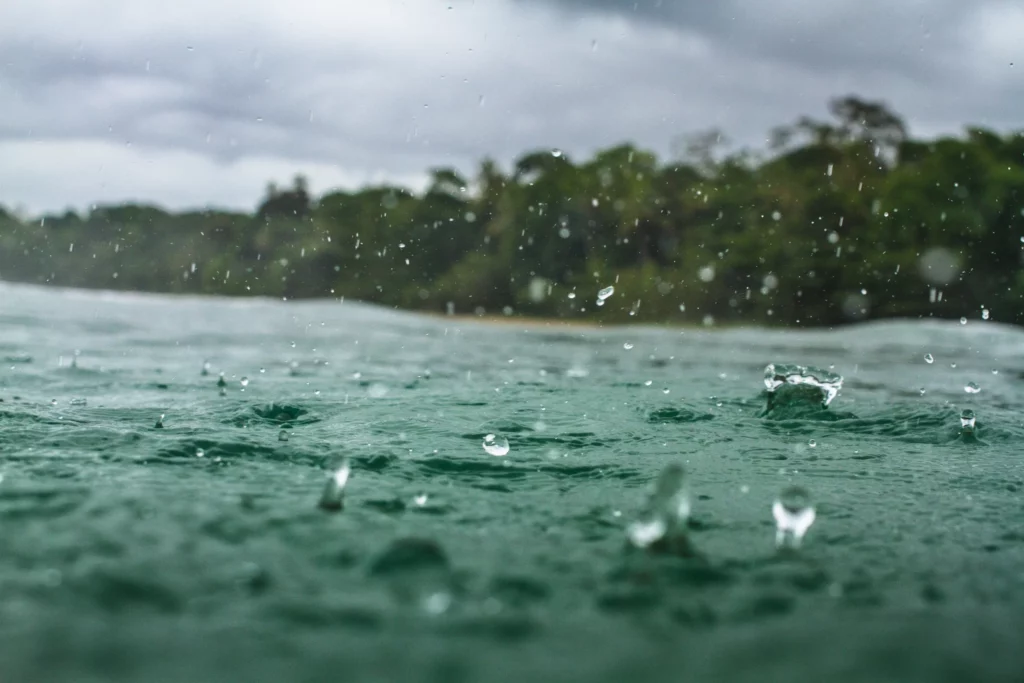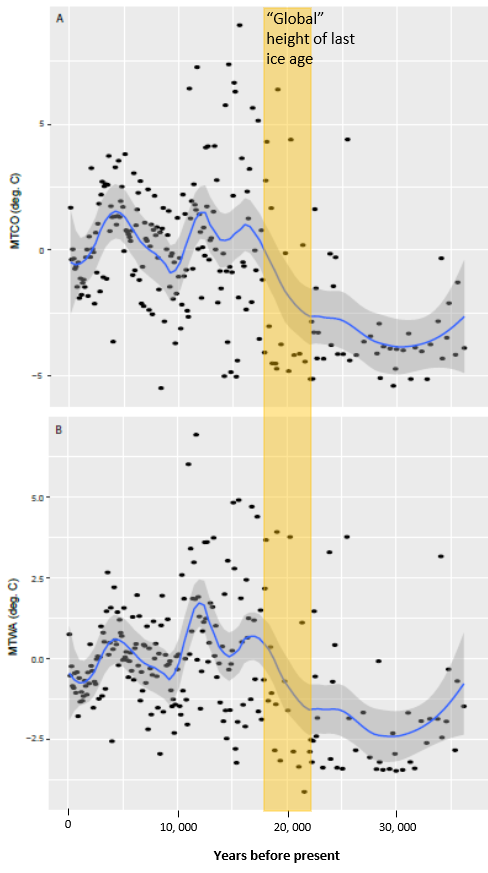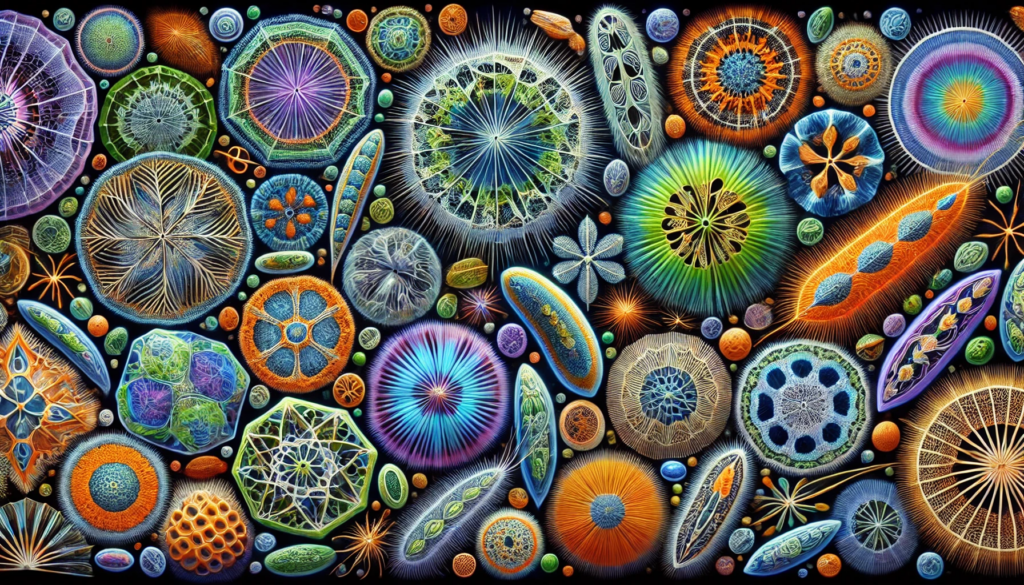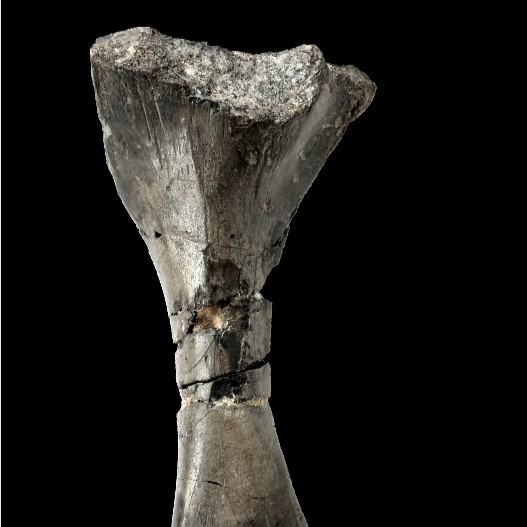Summer rains in South Africa since the last ice age were partly driven by the temperature of the Indian Ocean

Small bites
- Even within the summer rainfall zone there are regional differences in rainfall patterns through time.
- There is clear evidence for the African Humid Period in part of the zone, driven by the temperature of the Indian Ocean.
- The last ice age had a different pattern in the southern hemisphere compared to the northern hemisphere.
The last ice age was different in the South
The last ice age has been studied very carefully from many angles. However, most studies are from North America and Europe. This means that the most commonly accepted sequence of events during this time period are heavily influenced by events in the North Atlantic region.
It is only recently that events from the Southern Hemisphere have been fully accepted. This includes the height of the last ice age, the period when ice sheets extended the farthest. This is widely accepted to have been 18-22,000 years ago in the Northern Hemisphere. Recent studies suggest this event occurred around 10,000 years earlier in the Southern Hemisphere and may have happened in two stages. Using fossil pollen preserved in lakes and wetlands we were able to produce prehistoric temperature and rainfall records (see figure for summer and winter temperature records). The results showed that the coldest period in our region was around 30,000 years ago. This supports the hypothesis that the height of the last ice age occurred earlier in the Southern Hemisphere compared to the North.
A second key finding of our study is the clear evidence for the African Humid Period. This was a period of several millennia when there was increased rainfall over mainly northern Africa, for instance making the Sahara green. We found evidence for this period in the northeast, the area most influenced by temperature changes in the Indian Ocean. The rest of the region shows no evidence of the African Humid Period, due to the distance to the Mozambique Channel.
Indian Ocean temperatures key influence on rainfall
The greening of the Sahara occurred between 14,500 and 5, 000 years ago. It was caused by an increase in rainfall known as the African Humid Period. It was thought to have been limited to the northern and eastern part of the continent, with only a few studies from elsewhere showing any evidence of it. From our rainfall results we can see that most of the summer rainfall zone showed no evidence for the African Humid Period. In the north-eastern part of the zone, however, there is clear evidence of this event. We found that rainfall increased throughout this period and then suddenly dropped off after 5,000 years ago. We found that this localised increase in rainfall was due to an increase in sea surface temperature in the Mozambique Channel at this time.
An increase in ocean temperatures leads to an increase in moisture in the atmosphere. This in turn causes increased rainfall over nearby land. This rainfall only reaches so far inland, which is why most of the summer rainfall zone did not experience any sustained increases in rainfall during the African Humid Period.






